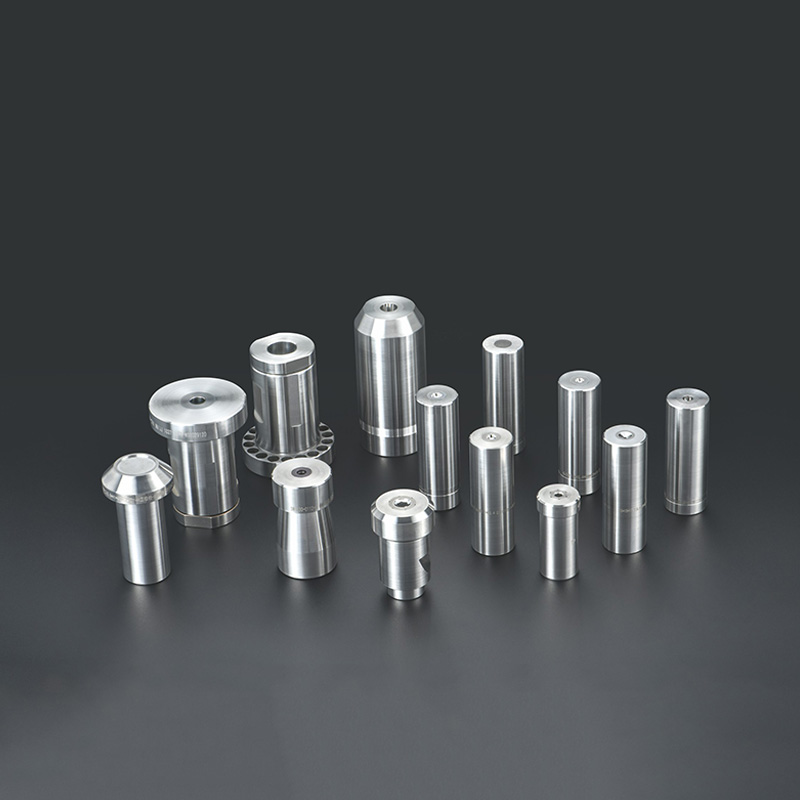As the global manufacturing industry continues to evolve, Cold Heading Dies—crucial tools in metal forming—are experiencing a significant transformation. With increasing demands for precision, durability, and automation, the industry is rapidly adopting new technologies to stay competitive. This article explores the key global trends shaping the future of Cold Heading Die manufacturing, including precision machining, material upgrades, and smart manufacturing.

1. Precision Machining Becomes a Core Driver
Gone are the days when the accuracy of die production depended solely on craftsmanship. Today, advanced machining technologies such as high-end CNC systems, wire EDM, and multi-axis machining have made micro-level precision possible.
Micron-level tolerance control ensures consistent, interchangeable metal parts.
Complex geometry machining is enabled by 5-axis machines and multi-process automation, streamlining production of intricate dies.
Automated inspection systems (CMM, laser interferometers) provide real-time quality control during the entire manufacturing process.
Precision machining enhances die longevity and product consistency—essential factors for advanced manufacturing lines.
2. Material Upgrades Extend Die Service Life
Material selection is fundamental to the performance and durability of cold heading dies. Manufacturers worldwide are transitioning to high-performance tool steels and hard composite materials to cope with high-speed, high-pressure production environments.
Popular material innovations include:
Powder Metallurgy High-Speed Steel (PM-HSS): Known for its thermal stability and wear resistance, ideal for high-frequency production lines.
Tungsten Carbide: Offers extreme hardness and compressive strength, perfect for small-part mass production.
Coating Technologies: Advanced coatings like TiN, TiCN, and CrN significantly improve wear resistance, reduce friction, and prolong die life.
These upgrades contribute to longer tool cycles, reduced maintenance, and cost savings for end users.
3. Smart Manufacturing Accelerates Industry Transformation
Under the wave of Industry 4.0, the cold heading die industry is embracing digitalization and smart production systems. From digital design to real-time manufacturing monitoring, smart technologies are streamlining processes and increasing efficiency.
Key developments include:
Digital Twin Technology: Enables simulation, stress analysis, and lifecycle forecasting, allowing for faster and more accurate die development.
MES (Manufacturing Execution Systems): Digitize and track the entire production workflow, ensuring full traceability and transparency.
AI-Powered Design and Predictive Maintenance: Artificial intelligence helps optimize die design parameters and forecast wear patterns for timely maintenance.
Smart manufacturing delivers faster lead times, higher customization flexibility, and reliable quality, meeting modern industry demands.
4. Green Manufacturing and Sustainability Take Center Stage
As global carbon neutrality targets intensify, die manufacturers are focusing more on eco-friendly and sustainable practices.
Recyclable Tool Materials: Some die steels and Tungsten Carbide can be reprocessed and reused, reducing material waste.
Energy-Efficient Equipment: Modern machines consume less power while boosting output.
Eco-Friendly Coatings and Lubricants: Reducing environmental hazards and improving operator safety.
Sustainable practices not only align with global regulatory trends but also help build trust with environmentally conscious clients.
5. Asia-Pacific Emerges as a Key Growth Engine
The cold heading die market continues its upward trajectory, with Asia-Pacific—particularly China, India, and Vietnam—showing rapid expansion. Key growth factors include:
Industrial upgrading and precision part requirements.
Strong demand from automotive, electronics, and appliance sectors.
Manufacturing shifts from the West to Asia, driving localized tool demands.
Meanwhile, Western markets are increasingly focused on customized solutions, faster delivery, and quality assurance, pushing global die makers to enhance their supply chain agility and after-sales service capabilities.
Conclusion: Mastering Innovation Is the Key to Market Leadership
Though cold heading dies may be small in size, they play a critical role in the vast metal forming and fastener industry. Looking ahead, only manufacturers that excel in precision engineering, advanced materials, smart technologies, and global fulfillment capabilities will thrive in the competitive global landscape.
If you’re searching for a reliable, high-performance Cold Heading Die partner, consider working with a supplier that combines technical excellence with international experience to support your production goals with confidence.











